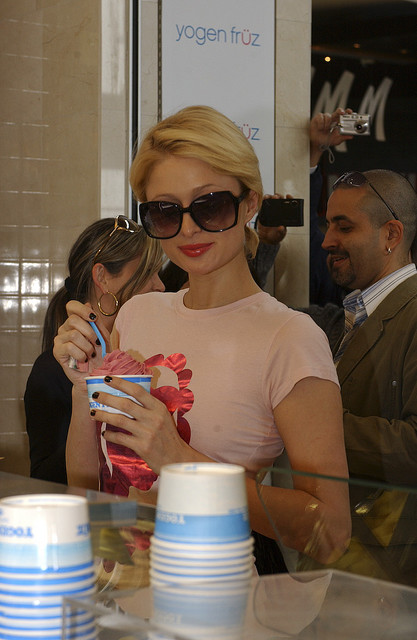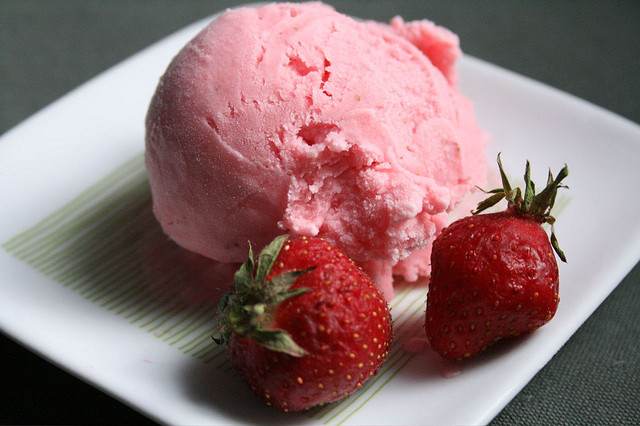The frozen yogurt craze is upon us and competing with all those cupcake shops (see Paris Hilton). While most stores are serving up liquid sugar a few of them are differentiating by promoting their health value. Things like calcium, vitamin C, and the chemistry sounding ‘live and active cultures’, also known as probiotic.
“At Red Mango, we know a healthy lifestyle and a healthy diet go hand in hand. That’s why we’re proud to tell you about all the good things we’re made of. Starting with the most important part of any self-respecting yogurt: live and active cultures.”
While I do enjoy Red Mango as my favorite yogurt joint, I couldn’t take their bold claim on face value. A little research reveals a strange list of health benefits. Here is what the live and active cultures may help:
- Treat diarrhea
- Prevent and treat vaginal yeast infections and urinary tract infections
- Treat irritable bowel syndrome
- Reduce bladder cancer recurrence
- Speed treatment of certain intestinal infections
- Prevent and treat eczema in children
- Prevent or reduce the severity of colds and flu
- source: Mayo Clinic
Much of this is based on a growing number of studies that support these claims, though, there are many more that prove nothing. I was also surprised by the amount of studies trying to prove basic things like, can bacteria survive the stomach.
When it comes to the more important health claims like:
- Lowering cholesterol
- Lowering blood pressure
- Preventing cavities
- Strengthening the immune system
The evidence is much more sparse. This New York Times has an article looking into the health claims of probiotics and WebMD has one discussing a lawsuit involving false health claims by Dannon.
It is interesting to note that all yogurt has live and active cultures at some point. Most are killed in the creation of the consumer product, either through warming or just plain not caring if they survive. The companies making the claim about live and active are the ones pioneering methods that allow them to survive freezing, shipping, and all that.
Next, is the nutritional elements of FroYo, which include varying amounts of:
- Protein
- Fat
- Calcium
- Riboflavin
- Vitamins C, B6, & B12
The amount of each depends on the original quality of the milk used and the amount of sugar added. Per serving, frozen yogurt contains as much sugar, or more, as a can of soda. You can bet that a lot of the health benefits are wiped away with too much sugar, though I was not able to find a study proving that.
Here is the nutritional information for the original flavor from my two favorite companies, RedMango and PinkBerry:

Conclusion, if you take away the spoonfuls of sugar then frozen yogurt appears to confer several benefits. This includes a grouping of vitamins and calcium, both of which are often lacking in our diet. The extra intestinal benefits also show promise, especially if you are having trouble staying regular.
The quality of the ingredients is the dark horse. It is easy to compare general research studies and nutritional information, but without knowing a company’s commitment to quality we are rolling the dice. The profit margins in this business are tough and many companies may be buying the cheapest milk they can find and then adding in sugar to cover the difference.
So far RedMango is the only company marketing themselves with a claim in this general direction, “all natural”, but that is still a far cry from local, humane, and antibiotic-free.
In the end, it may just be best to make your own frozen yogurt with quality ingredients and an ice cream maker, like the picture below.
—
[photos: pressroom-paris hilton // boingr-swirl // thebittenword.com-strawberry]




Leave a comment